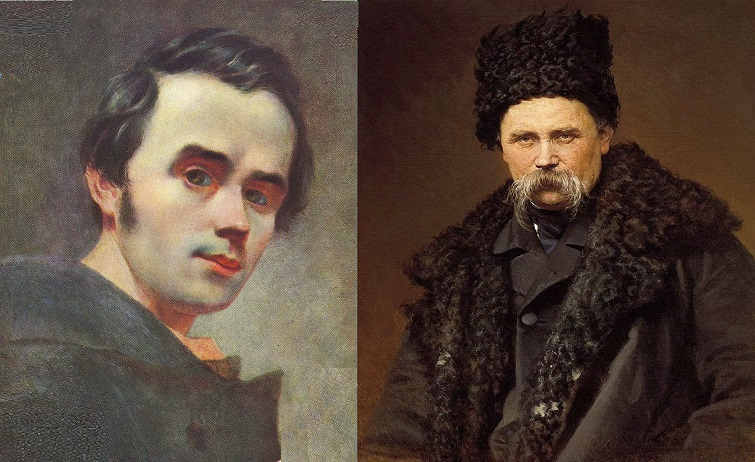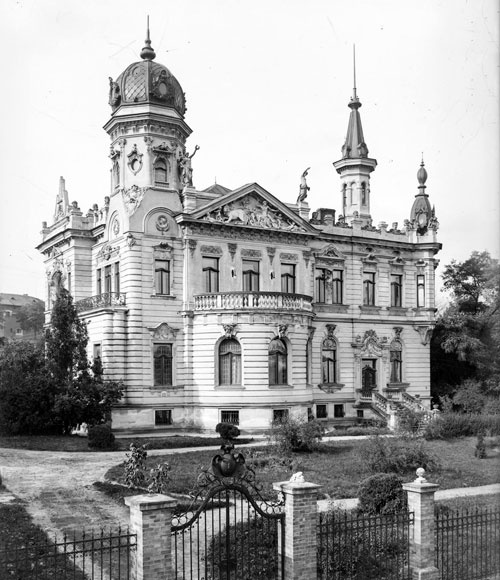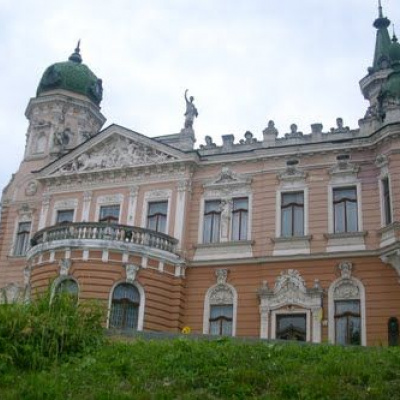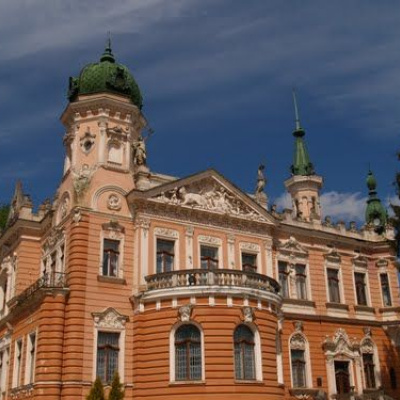Branch of the National Museum named after Andriy Sheptytsky
A museum that everyone should visit. It's a very beautiful museum, lots of works of art, different styles, different techniques. The building, which is located in a cozy central part of the city, is also impressive in its architecture. A good exposition. There are free tours. It is a quiet place where you can study the history and heritage of Ukraine. In particular, Ukrainian art of the 20th century. The works of Ivan Trush, Oleksa Novakivskyi, Roman Selskyi, and Karlo Zvirynskyi are presented. The building was built at the expense of Sheptytsky for the gallery. Beautiful flora grows near the museum. It is located in Lviv. It was founded in 1905 by Greek Catholic Metropolitan Andrei Sheptytsky, and in 1913 it was donated to the Ukrainian people. Ilarion Sventsitsky, a well-known historian, Slavist, and later the museum's longtime director(1905-1952), headed the acquisition of collections and the organization of the museum. The founder's personal collection formed the basis of the museum's funds, as he donated about 10,000 items and maintained the museum at his own expense. In 1911, the 19th-century Dunikowski Palace was purchased to house the collection. In 1909, the name of the museum was renamed the National Museum of Metropolitan Andrey, Count Sheptytsky in Sheptychi. In the 1930s, the museum's collections numbered 80,000 exhibits. After the end of World War II, the museum was replenished with the collections of museums closed by the Soviet authorities. In 1991 , the museum received its current main building, which was built for the 20th Century Industrial Museum, which housed the Lenin Museum. 2005 - the museum received its current name.
The museum is proud of its collection of medieval Ukrainian sacred art of the 12th-18th centuries: icons, sculpture, manuscripts, old books, decorative carvings, and embroidered church fabrics. Ilarion Sventsitsky came to the village of Mshanets to take some old icons from the Church of the Nativity of the Blessed Virgin Mary to the museum. The collection was enriched by gifts from cultural and educational figures, as well as treasures from the collections of the Stavropegian Institute. The museum's collections include masterpieces by artists such as Pinzel, Poliovskyi, Filevych, and others. The development of art in the 19th and 20th centuries is represented by a collection of paintings by artists from Western Ukraine. The museum is also proud of a number of original works by Taras Shevchenko.
 The building is located at 20 Svobody Avenue. It was built in the 19th and 20th centuries at the expense of the Galician Savings Bank for the Museum of Arts and Crafts, which at that time did not have its own premises. In 1888, the Galician Savings Bank cast 400 thousand crowns and a sketch competition was held, where a professor of the Lviv Higher Polytechnic School of Sculpture Leonard Marconi won. In 1890, the second round was held, where the winner was the professor-architect Gustav Bizants. The museum was built at the turn of the 19th and 20th centuries. The building reflects modern trends in museum construction. The building has two floors on a high plinth with large basements.
The building is located at 20 Svobody Avenue. It was built in the 19th and 20th centuries at the expense of the Galician Savings Bank for the Museum of Arts and Crafts, which at that time did not have its own premises. In 1888, the Galician Savings Bank cast 400 thousand crowns and a sketch competition was held, where a professor of the Lviv Higher Polytechnic School of Sculpture Leonard Marconi won. In 1890, the second round was held, where the winner was the professor-architect Gustav Bizants. The museum was built at the turn of the 19th and 20th centuries. The building reflects modern trends in museum construction. The building has two floors on a high plinth with large basements.





